|
|
|
|
Collection of Historical Sources on Pre-Modern Physics
|
|
|
|
Archives Henri Poincaré
|
|
|
|
Archives Henri Poincaré
|
|
|
|
Collection of Historical Sources on Pre-Modern Physics
|
|
|
|
Historical Sources on Spatial Concepts
|
|
|
|
Collection of Historical Sources on Pre-Modern Physics
|
|
|
|
Historical Sources on Spatial Concepts
|
|
|
|
Collection of Historical Sources on Pre-Modern Physics
|
|
|
|
Historical Sources on Spatial Concepts
|
|
|
|
David Hilbert, Die Grundlagen der Physik
|
|
|
|
David Hilbert, Die Grundlagen der Physik
|
|
|
|
Archives Henri Poincaré
|
|
|
|
Archives Henri Poincaré
|
|
|
|
Collection of Historical Sources on Pre-Modern Physics
|
|
|
|
Historical Sources on Spatial Concepts
|
|
|
|
Collection of Historical Sources on Pre-Modern Physics
|
|
Between 1880 and 1930 mathematical and theoretical physics underwent substantial changes. on the one hand linked to the emergence of several fields of mathematics (group theory, algebraic geometry, topology) and on the other hand the disintegration of the Newtonian physics under the effect of the discovery of the electromagnetic waves, the X-rays, the radioactivity, the electrons, and the quantum energy. It is specific to the French scientist Henri Poincaré (1854-1912) to have participated in all these transformations. At the age of 26, Poincaré discovered the theory of Fuchsian functions, thanks to which one could resolve any linear differential equation with algebraic coefficients. The impact of this discovery was to make him corresponding member of the German Academies, even before being nominated for a chair of mathematical physics at the Faculty of Sciences and elected as member of the Institute. Throughout these positions, Poincaré influenced French mathematical research for more than 25 years while pursuing his teaching and research activities. At his death in 1912, he had published some 600 articles on pure mathematics, geometry, celestial mechanics, physics, and philosophy of science.
Partner institutions and contributors:
|
Historical Sources on Spatial Concepts
|
|
Between 1880 and 1930 mathematical and theoretical physics underwent substantial changes. on the one hand linked to the emergence of several fields of mathematics (group theory, algebraic geometry, topology) and on the other hand the disintegration of the Newtonian physics under the effect of the discovery of the electromagnetic waves, the X-rays, the radioactivity, the electrons, and the quantum energy. It is specific to the French scientist Henri Poincaré (1854-1912) to have participated in all these transformations. At the age of 26, Poincaré discovered the theory of Fuchsian functions, thanks to which one could resolve any linear differential equation with algebraic coefficients. The impact of this discovery was to make him corresponding member of the German Academies, even before being nominated for a chair of mathematical physics at the Faculty of Sciences and elected as member of the Institute. Throughout these positions, Poincaré influenced French mathematical research for more than 25 years while pursuing his teaching and research activities. At his death in 1912, he had published some 600 articles on pure mathematics, geometry, celestial mechanics, physics, and philosophy of science.
Partner institutions and contributors:
|
Manuscripts and Related Writings of the Pioneers of the Relativity Revolution
|
|
Result as RDF-Format
|

 Poincaré, Henri, [Letter to Aline Poincaré],
Poincaré, Henri, [Letter to Aline Poincaré],  Source information
Source information

